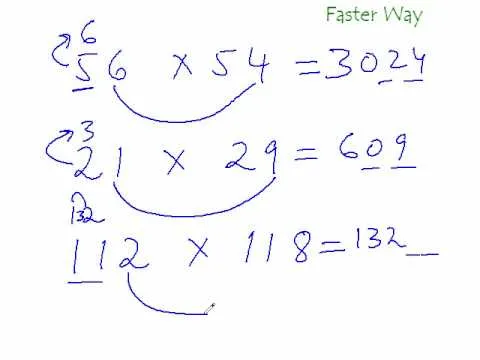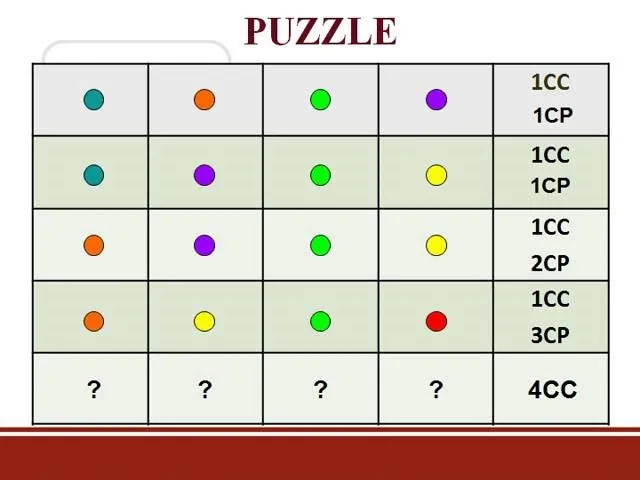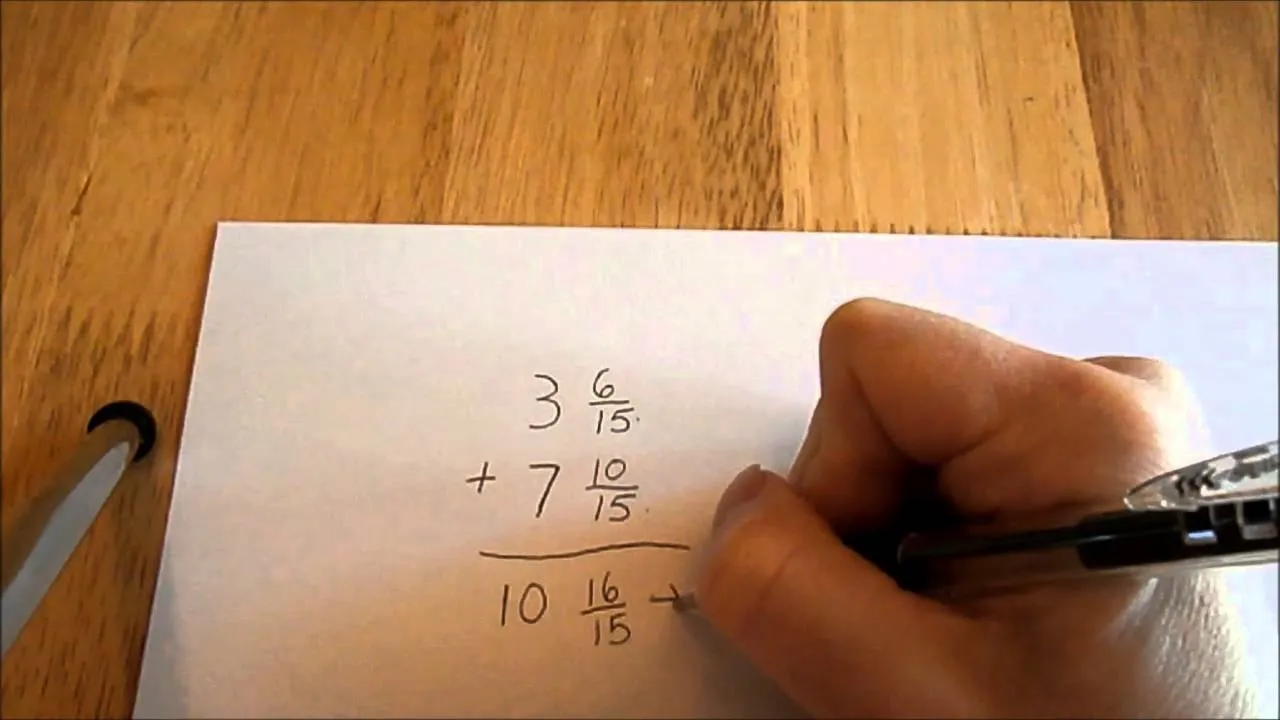In this math lesson, you will learn how to solve compound inequality problems. A compound inequality is a combination of two inequalities joined together by the words "and" or "or".
Examples of compound inequalities:
First example: 2x-3<5 and x+14>11
Second example: 5m>65 or m+7<3
The first compound inequality is a conjunction because it uses the word "and".
The second compound inequality is a disjunction because it uses the word "or".
To solve a compound inequality, first solve each of the two simple inequalities that form it. Then combine (for conjunctions) or intersect (for disjunctions) the solutions to find the final solution for your compound inequality.

























Comments
Be the first, drop a comment!